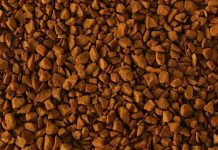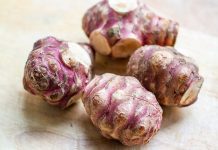There is no way to predict whether a crisis can affect our lives, from droughts to floods. Preppers are therefore looking for a variety of methods to prepare for sudden crises.
Survivalists ensure that they are always ready to fight challenging times from stockpiling food to ensuring proper sanitation.
Here we discuss an unbelievable way in which preppers can survive future crises in detail:
What’s A Survival Garden And Why Do I Need One?
One fantastic way to deal with this crisis is through investment in a garden for survival. These gardens allow you to produce nutritious fruit and vegetables from your own supply.
The investment of energy and resources in a survival garden gives survivors additional protection in times of disaster.
How To Create The Perfect Garden?
Every surviving garden has a high quality seed as its core basis. You must design your garden properly in order to ensure the perfect environment for your seeds. That’s why make sure that there is the most sunlight in your vegetable garden.
In addition, make certain that there is sufficient space between your beds so you can walk without harm.
The Main Ingredient Of Survival Garden
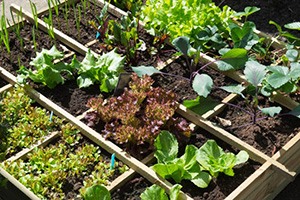

You choose the right seeds after designing your garden. Actually, you should have a good collection of seeds, and they are the backbone of the garden.
They should be durable and easy to store to produce premium plants.
The qualities of the seeds will then be discussed, making it the right choice for survival gardens.
Related: How To Make Potato Flakes With 5 Years Shelf Life (without refrigeration)
Qualities Of Survival Seeds
Experts have learned many new seed characteristics during the long era of crop domestication. Seed quality defines seed yield and growth rate.
The top qualities of survival seeds are discussed here:
- These fruits and vegetables are derived from the most delicious. This offers high-quality returns.
- The diverse seed collection which grows in survival gardens makes it easier to plant seeds in your growing region. Furthermore, these need minimal attention and space, making them an attractive choice.
- The multitude of possibilities enables you to select seeds both seasonally and year-round.
- These healthy seeds provide growers with full nutrition.
- Choose seeds that meet your concerns about food safety such as organic, non-GMOs, etc. You guarantee a healthy return in this way.
- Your seed’s genetic properties can also make a difference. Think of picking hybrids for a healthy and proven seed.
- During harvest, regular seeds deteriorate. Survival seeds, however, have a low rate of seasonal deterioration when they are properly stored.
How Are Survival Seeds Different From Regular Ones?
Survival seed, typically non-GMO and non-hybrid, is organic seed and makes it a comparatively popular choice. Apart from that, seeds for survival are more durable.
You can store it rapidly in a tightly closed plastic bag or metal tin. Store in a cool, dry and dark place at all times.
Best Seeds For Survival Gardens
Here we take an in-depth look into the best seeds for a survival garden:
Cabbage
This plant offers gardeners considerable quantities of products for the winter harvest. Planting seed every two weeks offers sufficient quantity for the entire year.
In winter, seeding a considerable quantity of cabbage ensures that plants last for up to six months. You might even like to turn sauerkraut into it.
Related: How To Make Sauerkraut – The Most Effective Probiotic
Onions
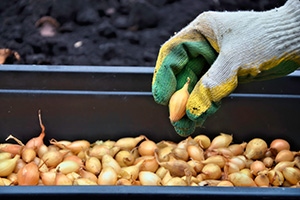

Onions in the kitchen, often produced with onion sets, are a critical ingredient. However, in the growing season, you can grow seeds in four months.
In contrast, you can grow the seedlings indoors and transplant them for healthy yield during the summer.
Furthermore, if the time is right, you can harvest spring onions and onion leaves with carrots!
Wild Lettuce
Wild lettuce, cultivated in almost all sorts of soil, has pain relief and sedative effects. The unbelievable plant reduces the pain of your central nervous system directly.
Its sapphire is actually so useful that it can stutter the severe pain. Wild lettuce is a must-have product, the perfect alternative to commercial painkillers.
Radish
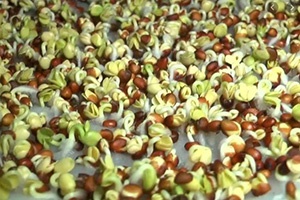

Radish may be at the bottom of the favorite plant list of most people but it is the most rapid-growing plant in the world.
The root vegetation allows users to collect plants before the month has ended, with its wonderful sowing-to-harvest of 20 to 30 days.
Avid gardeners can simply enjoy continuous radish harvest if they sow the seed every day until the growing season is over.
Tomatoes
A popular vegetable in everyone’s home, tomatoes can’t help growing in their garden, especially when they are available in a multitude of different types of beefsteak and whatnot.
Moreover, you can stack tomatoes to make sure they grow vertically if your garden lacks adequate space. The best thing is that excess crops are transformed into a sauce.
Peppermint
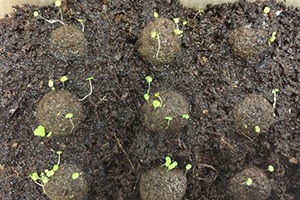

These seeds produce delicious dark, green leaves with an incredible aroma.
In tea infusions, you usually sparingly use peppermints.
Peppermint has fantastic health properties for the treatment of nerves, bile, liver and stomach.
You have to wait five to six months once you have sowed this before you can eat it.
Related: Peppermint Essential Oil Uses and Benefits
Carrots
Carrots are usually grown during cool weather and offer a nutritious and exquisite performance..
You can grow them under the snow and in USDA zones 4 to 10, not to mention. It takes about 2-3 months to properly grow.
Potatoes
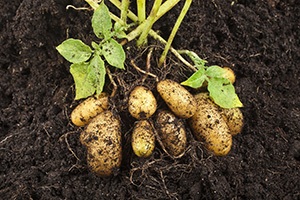

Potatoes, a calorie-dense crop with high proteins, fiber, potassium and vitamin C are the best of both worlds. Between 4 and 5 small potatoes can be found in each potato plant.
Consider keeping the best and green ones for seed storage during the harvest period.
Avoid eating green ones because they are poisonous.
Meadowsweet
Meadowsweet is a high perennial, characteristically odorous and tasteful.
People would crush the plant in medieval times and use it as a relief agent for pain.
The most commonly cultivated in wet soil from June to August are fever breaking and sweating during flu.
Corn
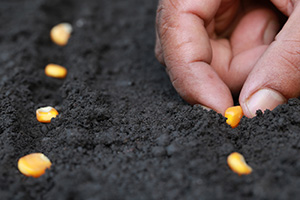

Corn is one of the best cultivated crop during warm weather.
Two or more ears of corn are made available for each stalk.
The trio, otherwise known as the Three Sisters – corn, beans and squash, is an extraordinary plantation plan for you.
Wheat
One of the most nutritious plantations, wheat, is high in carbs, fibers, proteins, and vitamin B. Plus, without a little bit of effort, you can convert these into flour.
Related: Turning Flour into Hardtack Biscuits With Over 100 Year Shelf Life
Calendula
In nearly every weather, Calendula can survive, making it a popular garden seed survival.
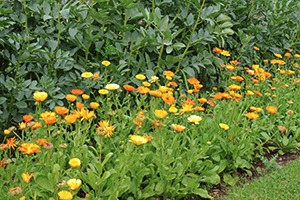

In addition, they are easy to produce and offer beautiful, bright flowers next to the seed.
The plant has the ability to relieve pain, to prevent and reduce muscular spasms. They are also very helpful for the treatment of stomach and throat ulcers.
Spinach
Spinach offers iron and vitamin-rich plants to survival gardeners.
In addition, in nearly every dish you can use it! Taste delicious leaves by planting spinach in early spring through the summer season.
Kale
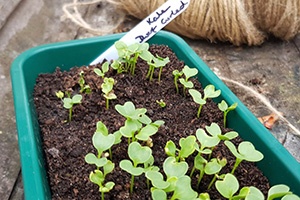

Kale needs at least two months to be harvested before it is ready.
The advantage of seeding Kale, however, is that it is possible to grow in almost any soil in order to obtain a nutritious product.
Put these multiple seeds on kale chips from spring to fall.
Yarrow
In spring and autumn, you can grow yarrow to produce a delicious and nutritious end product.
In addition, yarrow is developing quite quickly, making it a popular choice for surviving gardeners. One of the advantages of this lovely herb is that it is a great way to cure wounds.
Related: The Power of Plantain Herb
Squash
Winter squash is an extremely simple crop that offers an incredible variety of calories and vitamins rich in starch.
You will also have great dietary fibers and better store them than other crops. Indeed, it can be stored for an indefinite period by sealing them into water tight containers.
Pumpkin
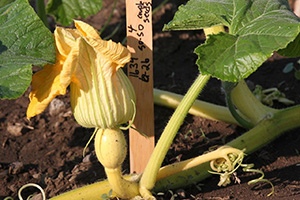

Well known for assisting early settlers, pumpkins are perfect for sweet and savory meals in a totally different place.
These are full of vital minerals, vitamins, fatty acids and carbohydrates. Pumpkin has a significant return and is growing between three and four months.
Asparagus
It takes asparagus a few years before you are able to grab deep trenches and plant the crown inside them.
Asparagus is nevertheless a perennial plant, so every year it returns.
Peppers
Combine your garden with sweet and warm peppers to turn fresh, spicy dishes.
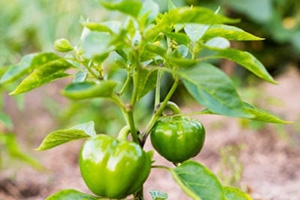

Other survival gardeners can choose from a wide range of rainbow colors, whichever one speaks to them.
In addition, they are grown in warm weather and take two to three months to grow on average.
Related: Medicinal Herbs and How to Use Them
Beetroot
Even during frost, survival gardens can grow vegetables in a row several inches apart, which are popular for providing excellent results. Two months later, beetroots will emerge from the soil to show that they are ready for harvest.
Beans
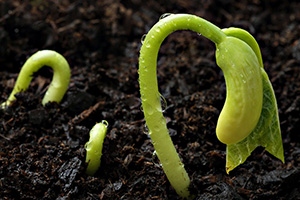

Beans could be of two kinds, i.e. bush beans and pole beans. Pole beans provide a better return. But you’re going to have to stake them.
It also helps to get your hands continuous nutritious vegetable yield if you plant boots early in the summer.
They are rich in vitamins A, C, and K, calcium and fiber, not to mention.
Related: How to Dry Can Beans and Rice for a Shelf Life of 20 + Years
How To Store Survival Seeds
Survivalists should position their seeds in plastic or tin and ensure that the seal is close and adequate. Then put it in a dark and dry environment with a relaxing and temperate atmosphere.
In addition, gardeners who survive should use waterproof containers to ensure that the seeds are not exposed to sunlight. Gardeners should also take careful consideration of rotating seeds to ensure that you first plant the oldest.
Lastly, survivalists should save seeds that grow well in their climates.
Factors To Consider When Using Survival Seeds
The mission of Survivalist is to look for and store a large number of seeds for survival that meet their preference for food.
Before buying survival seeds, here are several factors to consider:
- Ensure you have a wide and diverse seed collection. In addition, make sure you select easy-growing survival seeds.
- Be sure to put water lines and sources in the right places when designing your garden.
- Make sure you expand your garden easily and are sufficiently big for rotating crops around the region.
In total, it is a great idea for the preppers to build a survival garden. There is no way you can go wrong with your survival garden from the ease to the plethora of options available.
Enjoy a constant supply of healthy and nutritious foods by planting in your garden all the right seeds.
















